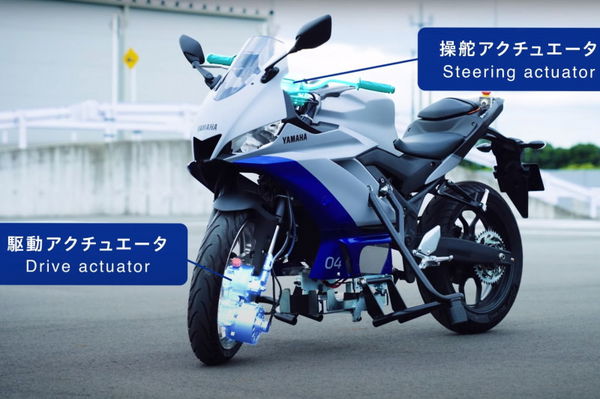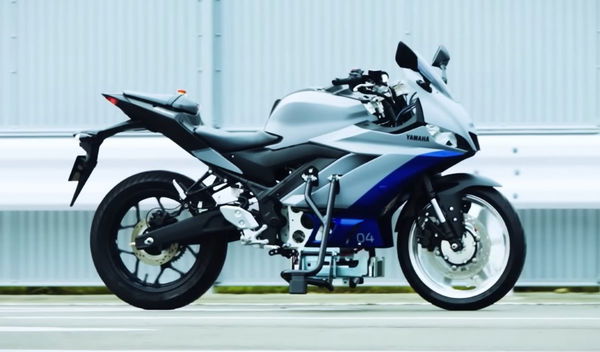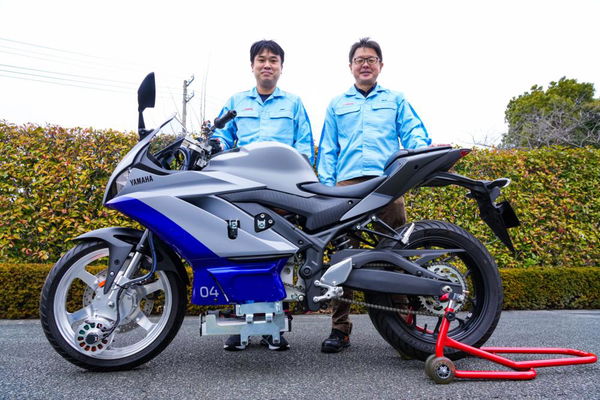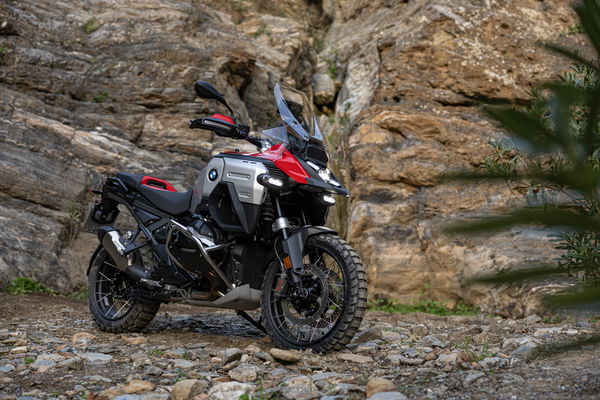Yamaha "halfway" to self-stabilising production goal
Yamaha is continuing the development of its AMSAS stabilisation system, and is "halfway" to its goal of bringing it to production models.

Yamaha has offered more details on the development of its Advanced Motorcycle Stabilisation Assist System.
The Advanced Motorcycles Stabilisation Assist System (AMSAS) from Yamaha was debuted last year, using a production Yamaha YZF-R25 as a base for an electric-powered balance-assist motorcycle.

The AMSAS works up to 5mph to help stabilise the bike in conditions where it is more unstable. Of course, lower speeds mean less gyroscopic effect from the turning of the wheels, and thus the motorcycle is less vertically stable.
One of the most important parts of AMSAS is that “it does not require any modifications to the frame,” according to the AMSAS project leader, Akitoshi Suzuki.
Additionally, it uses a six-axis IMU, which can be found on many production bikes by now, including Yamaha’s own 2023 Tracer 9 GT+.
Another novelty on the 2023 Yamaha Tracer 9 GT+ is its use of a radar-linked Unified Brake System (UBS). Yamaha says one of its targets with AMSAS is to equip it to a motorcycle where it can be used in conjunction with an assist such as radar-linked UBS.

In fact, Suzuki says that “With the base technologies (e.g. radar-linked UBS) in place now, we’re halfway to our goal of bringing AMSAS’ value to customers.”
Jun Sakamoto, who handles safety strategy at Yamaha, explains the value AMSAS aims to offer: “It’s to create conditions where the rider can focus more on operating their bike, so that everyone can enjoy that sense of being one with your machine. By providing an assist when the bike is more unstable and requires skill to operate, we want to deliver fun rooted in peace of mind to a wide range of riders.”
The R25-based motorcycle that Yamaha is currently using to develop the AMSAS prototype is notably adjusted compared to standard motorcycles with some fairly sizable additional componentry. Akitoshi Suzuki says that “From here on, we’ll be working to downscale the sizes of the various components and so on, as we want to develop it into a platform not just for motorcycles, but one also adaptable to a wide range of other personal mobility applications, like bicycles.”











